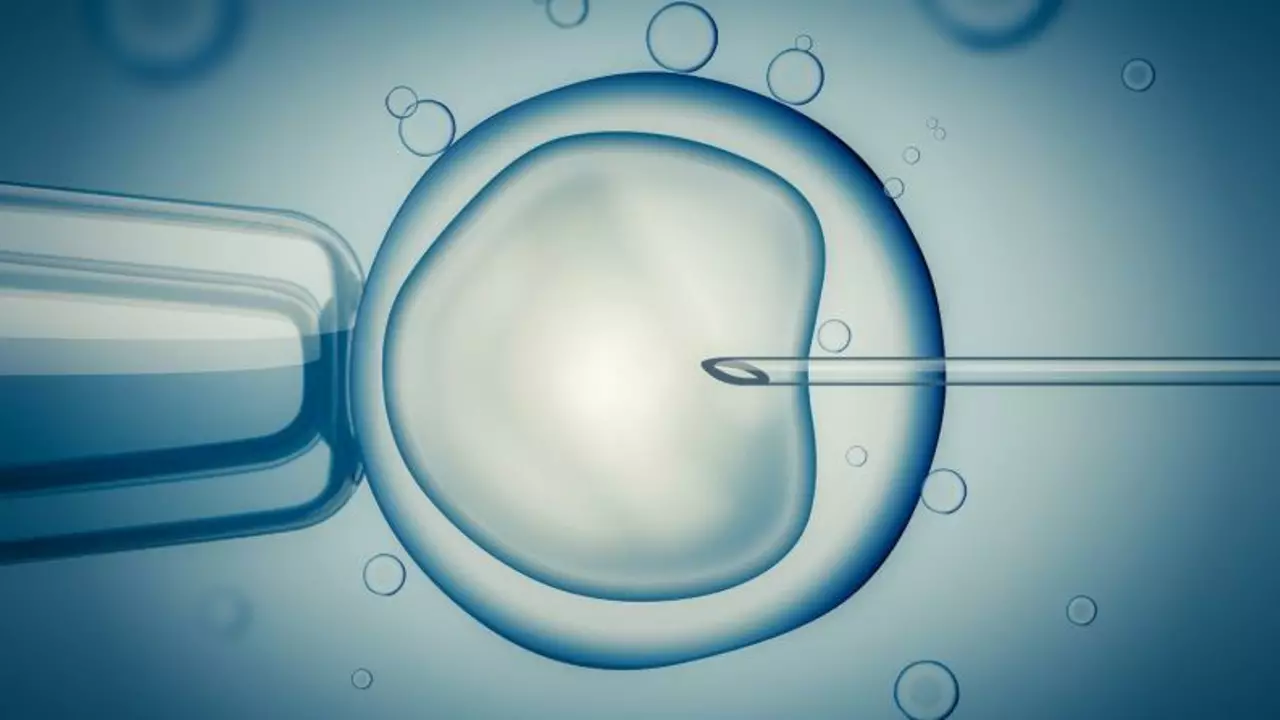Curious about IVF and how it works? This article breaks down the five key stages of IVF, explaining each part in everyday language. You'll learn what actually goes on before, during, and after the process—and pick up tips from real experiences, not textbook advice. Whether you're starting IVF or just want to understand it better, these details make the journey a little less mysterious. Walk away with practical knowledge you can actually use.
Read MoreIVF Stages Explained: A Simple Step‑by‑Step Guide
If you’re staring at a long list of medical terms, you’re not alone. IVF can feel like a maze, but breaking it down into clear stages makes it manageable. Below is the usual order most clinics follow, plus real‑world tips that help you stay calm and confident.
What Happens in Each Cycle?
1. Ovarian Stimulation – You’ll start daily hormone injections to coax your ovaries into growing multiple eggs. Most people begin with a short baseline scan to see where you’re at, then the meds. Keep a diary of injection times; a reminder app can save you from missed doses.
2. Monitoring – Over the next 8‑10 days, the clinic will check your follicles with ultrasounds and blood tests. This tells them when the eggs are ready. Bring a water bottle and a snack; the appointments can be quick but the waiting room is often crowded.
3. Egg Retrieval – When the follicles reach the right size, you’ll have a short procedure under light sedation. A needle pulls the eggs out through the vagina. It feels like a strong cramp, and you’ll need a driver to get home.
4. Fertilization & Embryo Culture – In the lab, the eggs meet sperm (or a single sperm in ICSI). The embryos grow for 3‑5 days. You’ll get a report on how many fertilized and how many look good for transfer.
5. Embryo Transfer – The best embryo(s) are placed into your uterus using a thin catheter. The procedure is painless, like a pap smear. Some clinics let you watch on a screen – it can help you feel involved.
6. Luteal Phase Support – After transfer, you’ll take progesterone pills, shots, or gels to keep the uterine lining friendly. Consistency is key; set a daily alarm.
7. Pregnancy Test – About 10‑14 days later, a blood test checks hCG levels. A positive result means you’re pregnant; a negative one is just a signal to discuss next steps with your doctor.
Tips to Make the Process Smoother
Stay organized: a dedicated notebook for medication doses, side‑effects, and appointment dates reduces stress. Eat a balanced diet with extra protein and iron during stimulation – it supports follicle growth. Light exercise like walking can improve circulation, but avoid heavy lifting after retrieval.
Emotional health matters too. Many clinics offer counseling or support groups; sharing experiences with someone who’s been through IVF can calm nerves. If you feel overwhelmed, pause and practice deep breathing or short meditation breaks.
Finally, keep realistic expectations. Not every cycle ends in pregnancy, and that’s okay. Each stage gives you more data about how your body reacts, helping the next attempt be smarter.
Understanding the IVF stages turns a daunting journey into a series of doable steps. Use this guide as your roadmap, stay in touch with your care team, and remember you’re doing something powerful for your future.





